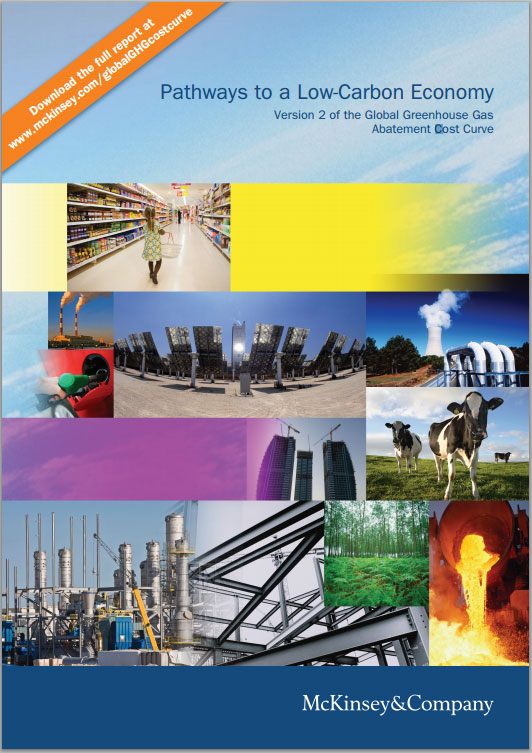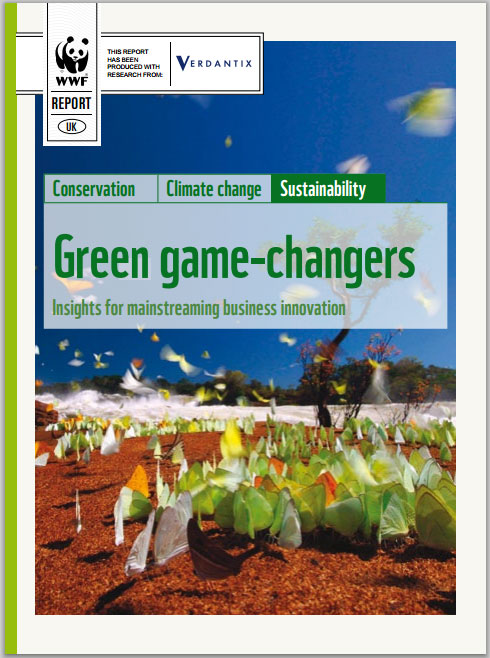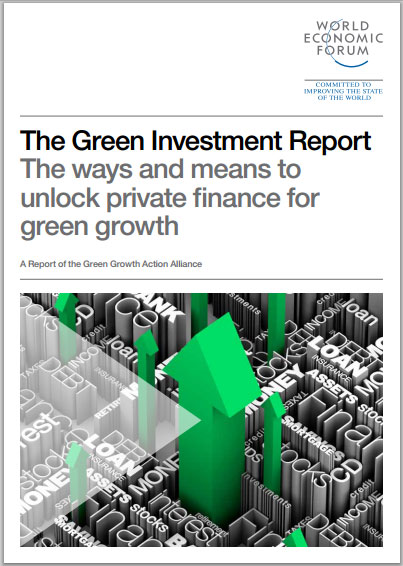METHANE hydrate has been extracted from frozen deposits under the sea in a world first – raising hopes that the gas could help avert a global fuel crisis.
The form of methane gas was found by Japanese researchers about 50 km (31 miles) from the main island in the Nankai Trough.
Japing beat America, Canada and China, who have all been looking to tap into deposits to provide an alternative energy source.
“It´s the world’s first offshore experiment producing gas from methane hydrate,” said an official from the economy, trade and industry ministry.
At least 1.1trllion cubic metres of methane hydrate exist in offshore deposits, Japan said.
Methane hydrate is a form of methane gas frozen below the seabed or in permanently frozen ground, where the gas is trapped in a network of icy molecules.
There are substantial reserves in regions including the Nankai Trough off Japan’s eastern coast, the northern Gulf of Mexico and Alaska´s North Slope.
Scientists used a technology they developed to reduce pressure in the underground layers holding the methane hydrate 1,330m (4,363ft) below the sea surface.
They then dissolved it into gas and water, and collected the gas through a well. Japan has spent heavily researching the offshore methane hydrate reserves – an endeavor which has taken on more importance since the Fukushima tsunami disaster in 2011 which hit the country´s nuclear energy plans.
by JANE ATHERTON (METRO BUSINESS)
Three more articles with perspectives:
Japan extracts gas from methane hydrate in world first
http://www.bbc.co.uk/news/business-21752441
Methane hydrates – bigger than shale gas, “game over” for the environment?
http://blogs.scientificamerican.com/plugged-in/2013/03/19/methane-hydrates-bigger-than-shale-gas-game-over-for-the-environment/
Frozen Assets
http://www.monbiot.com/2013/03/14/frozen-assets/





